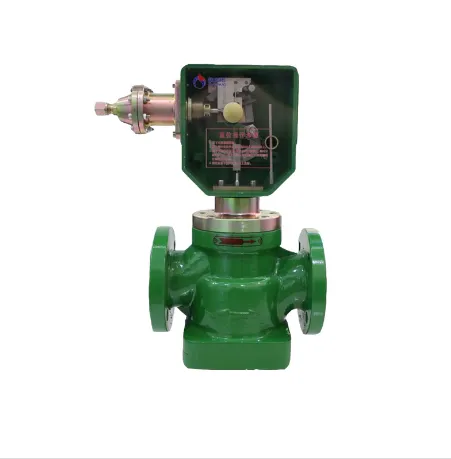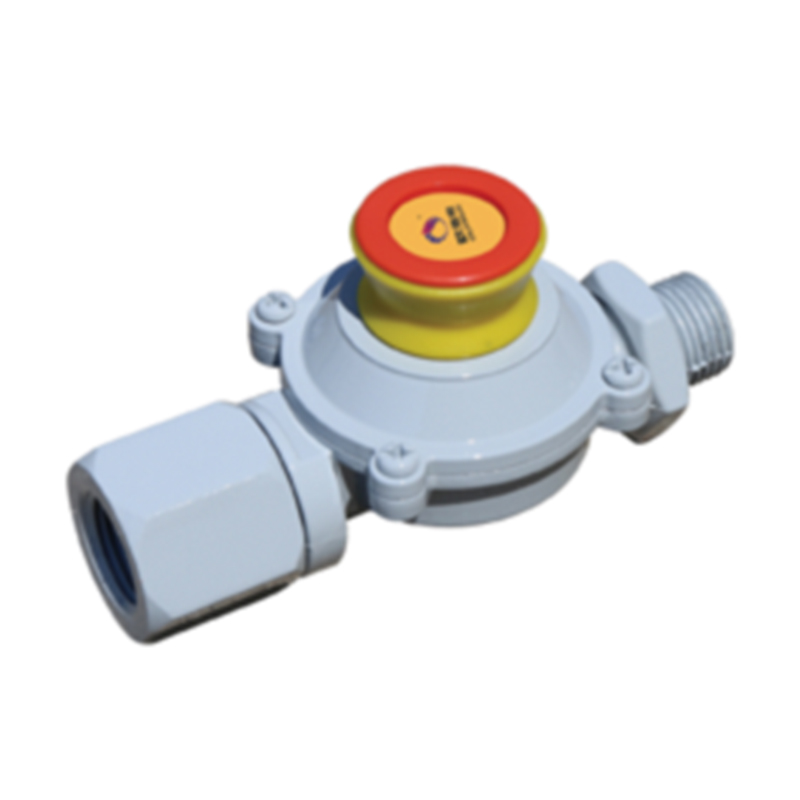
Jul . 08, 2025 08:37
Back to list
High-Quality CNG Gas Pressure Vessels for Safe & Efficient Storage Solutions
- Introduction to CNG: Significance and Market Overview
- Global Growth: Market Demand and Data Insights
- Technical Advantages of Gas Pressure Vessels
- Comparative Analysis of Leading Pressure Vessel Manufacturers
- Customized Solutions for Industry-Specific Needs
- CNG Gas Pressure Vessel Application Case Studies
- Future Trends and CNG Industry Outlook

(cng)
Introduction to CNG: Significance and Market Overview
Compressed Natural Gas (CNG) is rapidly reshaping the energy landscape as a cleaner, more efficient alternative to traditional fossil fuels. As environmental regulations and emission standards become stricter worldwide, both industrial sectors and transport providers are increasingly adopting CNG as a primary fuel source. In 2023, the global consumption of CNG surpassed 495 billion cubic meters, equating to more than 25% annual growth since 2018. This surge is fueled by state incentives and consumer demand for sustainable solutions, with CNG-powered vehicles reaching 30 million units globally. At the core of this revolution lies the gas pressure vessel, a specialist component designed for the safe storage and transportation of high-pressure natural gas. Understanding their technical nuances is essential for stakeholders across manufacturing, transportation, and energy sectors.
Global Growth: Market Demand and Data Insights
The adoption of CNG is not merely a trend but a transformational shift with substantial economic and environmental benefits. According to the International Energy Agency (IEA), the CNG vehicle market is forecasted to achieve a compound annual growth rate (CAGR) of 5.7% through 2030, with Asia-Pacific accounting for nearly 45% of global demand. Key drivers include fleet renewals by major metro transit systems and incentives for industrial fuel switching. In India alone, over 1,900 new CNG stations are projected for deployment by 2025, while the European Union targets a 60% decrease in CO2 emissions from logistics fleets using CNG-powered trucks and buses. Such statistical momentum highlights the urgent need for robust and reliable gas pressure vessels, as manufacturers compete to deliver high-performance, safety-certified storage solutions.
Technical Advantages of Gas Pressure Vessels
Gas pressure vessels used in CNG systems are engineered to handle pressures as high as 250 bar (3,625 psi), typically far exceeding those required for liquid fuel storage. Advanced composite materials—such as carbon fiber-reinforced plastics—are increasingly favored over traditional steel cylinders, delivering superior strength-to-weight ratios and consistent wall thickness. Recent field studies show that composite CNG tanks can reduce vehicle curb weight by up to 65%, translating to improved fuel economy and greater payload capacity. Additionally, innovative self-monitoring sensors are now embedded to provide real-time diagnostics, detecting microfractures or leaks before they pose a risk. This convergence of materials science and digital monitoring is redefining industry safety standards, enabling extended service intervals and longevity of up to 20 years with minimal maintenance.
Comparative Analysis of Leading Pressure Vessel Manufacturers
Selecting the right gas pressure vessel supplier is critical, given the sector’s rigorous safety and certification demands. Below is a comparative table highlighting key performance and compliance metrics among top global manufacturers:
| Manufacturer | Core Material | Max Pressure (bar) | Average Weight (kg, 100L) | Certification | Warranty (years) | Notable Feature |
|---|---|---|---|---|---|---|
| Hexagon Composites (Norway) | Carbon Fiber Composite | 248 | 29 | ECE R110, ISO 11439 | 15 | Integrated Health Sensors |
| Luxfer Gas Cylinders (UK) | Aluminum Liner/Carbon Fiber Wrap | 250 | 34 | DOT FMVSS 304, ISO 11119 | 20 | High Program Customizability |
| Faber Industrie (Italy) | Stainless Steel | 230 | 72 | ISO 9809, PED | 10 | Heavy-Duty Durability |
| Worthington Industries (USA) | Carbon Fiber/Steel Hybrid | 248 | 37 | ISO 11439, DOT | 15 | Retrofitting Versatility |
The table makes clear that while traditional steel vessels offer robust durability, composite options now lead on weight savings and smart safety features, with regulatory certifications widely observed among top manufacturers.
Customized Solutions for Industry-Specific Needs
As CNG adoption spreads across diverse sectors—from transit and logistics to marine and energy—demand is rising for gas pressure vessels tailored to unique operating environments. Manufacturers are increasingly delivering made-to-order tank geometries, pressure ratings, and onboard diagnostic capabilities. For example, fleet operators may specify modular tanks designed for seamless integration into different chassis, maximizing usable cargo space without sacrificing safety. In hazardous settings, dual-wall vessels with thermal insulation and explosion venting provide critical resilience against accidental ignition. A recent bespoke installation for a South American mining company involved composite CNG vessels engineered for 60°C ambient temperatures and seismic shock loads, exemplifying the industry’s adaptive engineering prowess. Leading suppliers deploy digital manufacturing twins and predictive analytics to cycle-test new designs, ensuring they meet project-specific lifetime and regulatory standards.
CNG Gas Pressure Vessel Application Case Studies
Industry impact is best illustrated through real-world projects. In Jakarta, an urban bus fleet conversion initiative equipped over 4,000 city buses with composite pressure vessels, reducing particulate emissions by 96% and cutting operational costs by 32% within three years. In another instance, a major Australian mining operator transitioned its heavy haul vehicles to CNG, leveraging customized tanks with quick-disconnect fittings. This move delivered annual fuel savings of $2.1 million and eliminated more than 13,000 metric tons of CO2 emissions, per project audits. Maritime adoption is also noteworthy: a Norwegian ferry line outfitted with lightweight, below-deck CNG storage achieved 47% greater route range between refuelings compared to older diesel ferries. These case studies demonstrate not only the versatility of gas pressure vessels but also their proven performance across disparate environments.
Future Trends and the CNG Industry Outlook
Looking forward, the CNG industry and its gas pressure vessel segment are poised for accelerated innovation and regulatory alignment. Integration with digital fleet management platforms will enable instant vessel diagnostics, predictive maintenance, and GPS-linked emergency response activation, further strengthening safety and uptime. Trends such as autonomous vehicle deployment and renewable methane blending are already reshaping baseline vessel specifications, emphasizing even stricter leak containment and lifecycle traceability. According to Frost & Sullivan, the global CNG vehicle market could reach 60 million units by 2030. Combined with technical breakthroughs in materials science and data-driven manufacturing, the next decade will see CNG and gas pressure vessels at the epicenter of the planet’s drive toward low-carbon, high-efficiency transport and industrial infrastructure.

(cng)
FAQS on cng
Q: What is CNG?
A: CNG stands for Compressed Natural Gas, a fuel used mainly for vehicles. It is made by compressing natural gas to less than 1% of its volume at standard atmospheric pressure. CNG is stored in high-pressure gas pressure vessels.Q: How is CNG stored safely?
A: CNG is stored in gas pressure vessels, which are specially designed to handle high pressures. These vessels are typically made of steel or composite materials. Their robust design ensures safe containment and transport of CNG.Q: What are gas pressure vessels used for?
A: Gas pressure vessels store CNG at very high pressure, usually between 200 and 250 bar. They are essential for safely carrying CNG in vehicles and fueling stations. Proper certification and regular inspection are required for their use.Q: What are the benefits of using CNG as a fuel?
A: CNG produces fewer emissions compared to gasoline or diesel, making it environmentally friendly. It is often less expensive than traditional fuels. Vehicles running on CNG require gas pressure vessels for safe fuel storage.Q: How often should CNG gas pressure vessels be inspected?
A: Regular inspection schedules vary by region but generally range from every 3 to 5 years. Inspections ensure the vessel's integrity and safe operation. Proper maintenance minimizes risks associated with high-pressure CNG storage.Latest news
-
What Role Do Pressure Reducers Play in Industrial Systems?NewsJun.12,2025
-
What Role Do Gas Valves Play in Industrial Safety and Functionality?NewsJun.12,2025
-
Key Components in Energy Management and Temperature ControlNewsJun.12,2025
-
Integral Components in Mechanical and Energy SystemsNewsJun.12,2025
-
How Do Industrial Valves and Filters Ensure System Safety and Efficiency?NewsJun.12,2025
-
Essential Components for Industrial Fluid Management: Valves and SystemsNewsJun.12,2025

